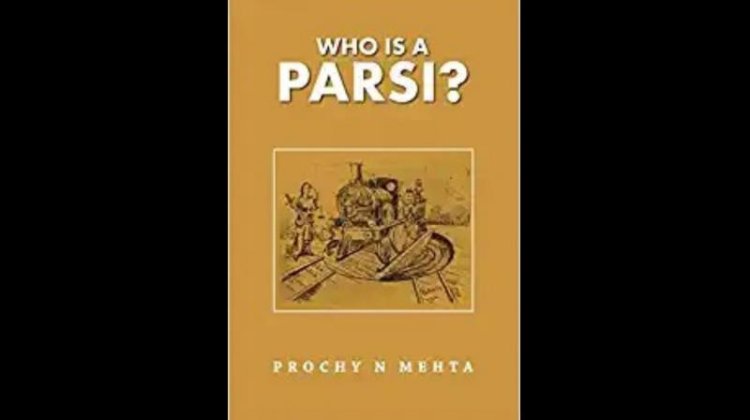Who is a Parsi? Book seeks to answer

New Delhi: At a time when there are debates about uniform civil code versus religious personal laws, a book analyses who is a Parsi.
Author Prochy N Mehta says the tales "we have heard for generations, and what has been handed down to us as history of the Parsi community in India, have often been rather fictitious".
The perception, for example, that the Parsis have always been an affluent community, is a modern-day myth devoid of any true value, she argues.
The story of the arrival of the Parsis in India, the most important chapter in that history, is itself shrouded in mystery, she says.
In "Who is a Parsi", Mehta attempts to "set that record straight and lift the veil from the glorious history of our people".
She says she wishes to "handhold the reader in this journey through the lanes and bylanes of our history - from the time of the writing of the poem 'Quissa-i-Sanjan' in 1599, when Parsi recorded history actually begins, to the 20th century".
The author also adds, "As you must be knowing children of Parsi intermarried women face discrimination. In this book I try to show that there is no legal, religious, social or age-old custom on which it is based."
The book, published by Niyogi Books, documents through letters, newspaper articles, and court transcripts from cases, the views of prominent Parsis like Dadabhoy Navroji, Ratan D Tata, Ratan J Tata, Sir Dinshaw Maneckji Petit, Sir Jehangir Cawasjee Jehangir, Rustumji Byramji Jeejeebhoy, Homi J. Bhabha, K R Cama, and many others who stood up and fought for what they believed in - that Parsi and Zoroastrian meant the same thing.
The author also depicts the dichotomy of the community in the 20th century, between the orthodox and the reformist groups and explains the anomaly of how the reformists who followed the original Mazdayasna or Parsi religion, constituted the real orthodoxy.
There was a reform movement led by the high priests of the community and the most influential members of society for a return to the pristine purity of the original Zoroastrian religion.
The book also tells how the Parsis found shelter and a peaceful environment to grow and prosper as a community in India and contributed significantly to the society.
In the foreword to the book, veteran Supreme Court advocate Fali S Nariman writes, "A proud boast of Parsis is that they belong to the world's most ancient monotheistic religion. As a matter of historical fact, they do.
"But presently - with the steep decline in birth-rate, the entire community is in jeopardy; it is believed, by many, that Parsi personal law is largely responsible for this plight: which is precisely the theme around which this well-researched and liberally-illustrated book has been written."
Mehta has won 71 medals at international athletic meets including 52 gold medals. She is the Asian record holder in 400 metres and triple jump in the women's 40+ age group. She is the first female president of the Calcutta Parsee Club. Her father, the late Rusi B Gimi was a pioneer in outdoor advertising in India. His company Selvel, started in 1945, is now synonymous with Out of Home (OOH) advertising.















































